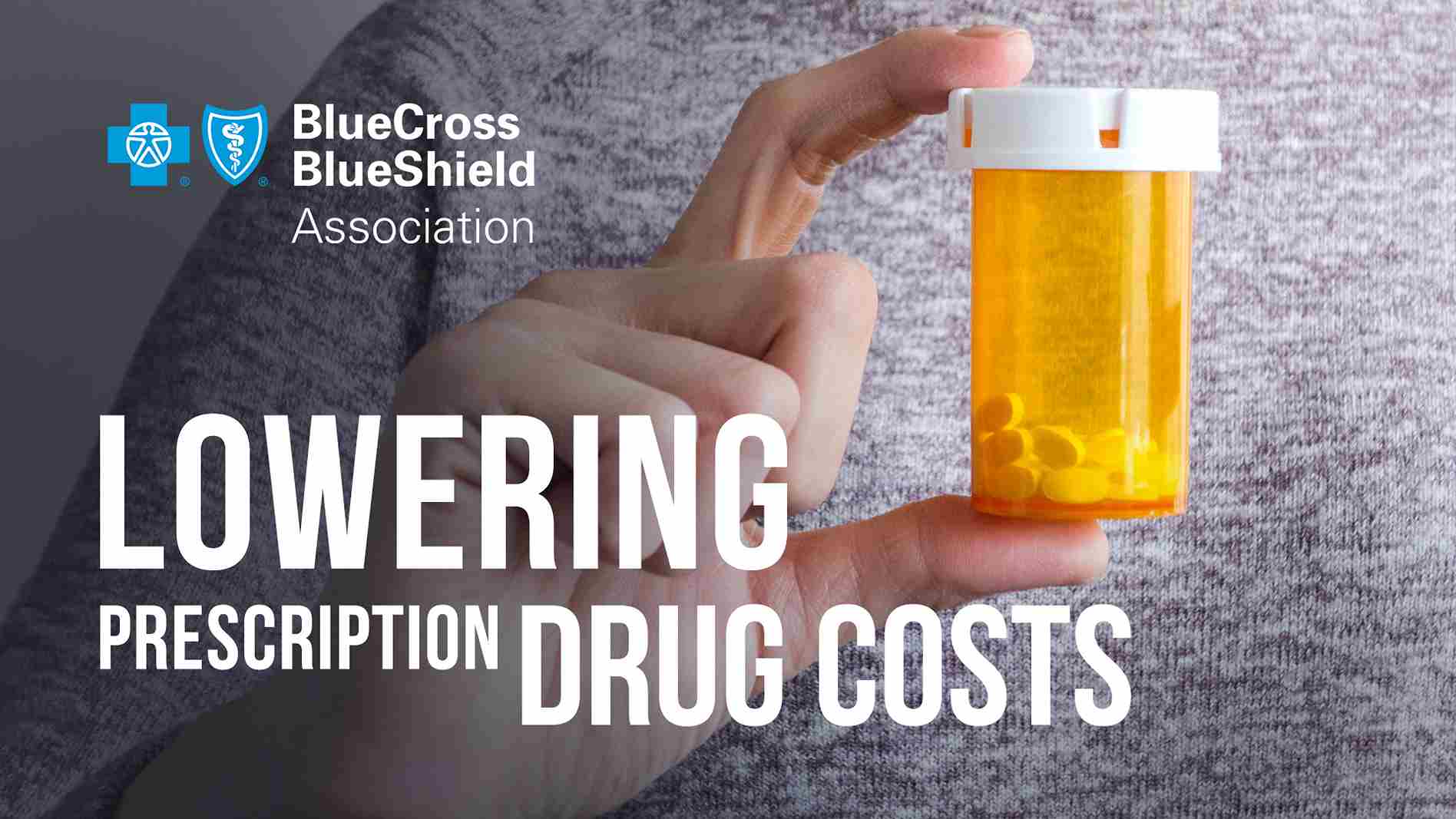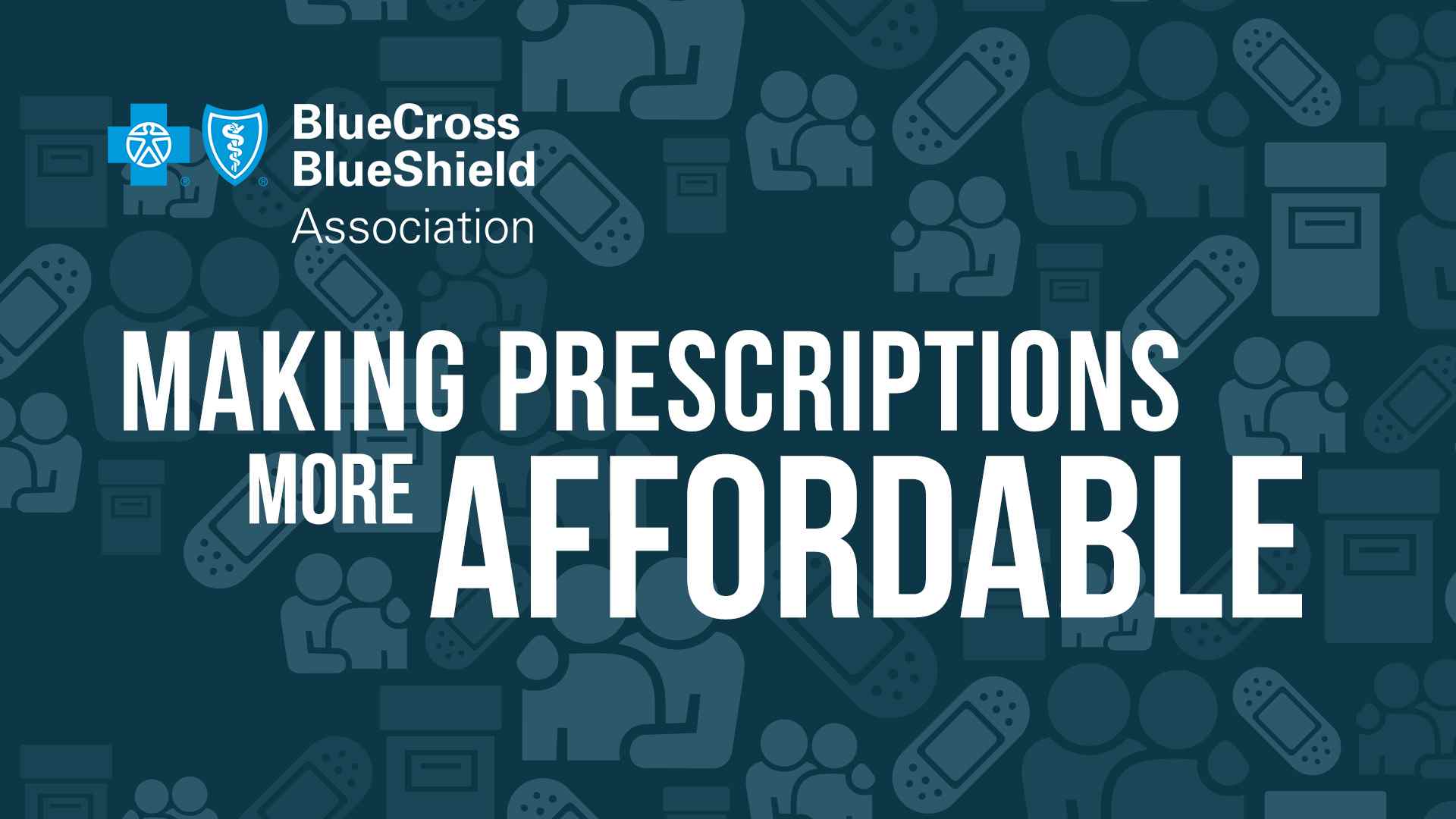| |
| |
| |
| Presented By Blue Cross Blue Shield Association |
| |
| Axios Vitals |
| By Tina Reed ·Mar 24, 2022 |
| Good morning, Vitals readers. Today's newsletter is 807 words or a 3-minute read. Happy 1st birthday to Axios Latino! 🎂 Sign up here for the twice-weekly newsletter. |
| |
| |
| 1 big thing: How Omicron may help us withstand the next COVID wave |
 Data: IHME and CDC; Chart: Sara Wise/Axios The new COVID-19 variant taking root in the U.S. probably won't pose a big health threat to many Americans, thanks in part to this winter's Omicron surge, Axios' Adriel Bettelheim writes. Why it matters: Omicron set new records for cases and hospitalizations but gave built-in immunity to most of those who got infected. That temporary protection should help flatten the curve as the similar, more infectious strain known as BA.2 sweeps across the nation. - The "stealth" variant is thought to be 1.5 times as transmissible as the original Omicron strain, and could extend the Omicron surge in most of the world.
Our thought bubble: It's a rare case where failure to contain the virus paid a short-term dividend. But that's no consolation to immunocompromised people and other at-risk populations who still could get sick and help produce new variants. Driving the news: BA.2 spiked in parts of Europe like the Netherlands, after a rapid decline in mask use and other pandemic precautions. - Americans, in contrast, were returning to pre-pandemic behavior even before vaccine and mask mandates fell — and logging millions of Omicron infections in the process.
- The post-infection immunity could give some a pass for the next round, assuming they don't have other underlying health conditions.
What they're saying: "Our immune systems know how to play against BA.2, especially if we first played against BA.1," according to Larry Corey, a professor of medicine at the University of Washington, who likens the situation to playing tennis against the Williams sisters. - "Our cells would be left with the memory of playing the immune match with the virus — and that memory arms us against the other sibling. We'll see how the cross-protection plays out."
Go deeper. |
    |
| |
| |
| 2. COVID cases fall by 22% |
 Data: N.Y. Times; Cartogram: Kavya Beheraj/Axios New COVID cases continue to fall across the U.S., even as the new version of Omicron mentioned above spreads quickly in other parts of the world, Axios' Kavya Beheraj and I report. By the numbers: Nationwide, the U.S. is now averaging roughly 29,000 new COVID cases per day — a 22% drop over the past two weeks. - Kansas and Nebraska have the lowest case rates in the country, each with an average of just two new cases per 100,000 people.
- Case rates were highest in Kentucky and Alaska.
- Deaths have dropped to an average of roughly 1,000 a day, down 26% from more than 1,300 deaths a day two weeks ago.
What we're watching: Europe is experiencing a new wave, driven by a highly contagious Omicron subvariant, but many experts say the U.S. probably won't get hit as hard. |
    |
| |
| |
| 3. Airline CEOs ask Biden to drop mask mandate |
 |
|
| Photo: Allen J. Schaben/Los Angeles Times via Getty Images |
| |
| "The high level of immunity in the U.S., availability of high-quality masks for those who wish to use them, hospital-grade cabin air, widespread vaccine availability, and newly available therapeutics provide a strong foundation for the Administration to lift the mask mandate and pre-departure testing requirements. We urge you to do so now." — The board of directors for advocacy group Airlines for America in a letter to President Biden on Wednesday calling for the end of COVID-era transportation safety rules. |
    |
| |
| |
| A message from Blue Cross Blue Shield Association |
| Lowering prescription drug costs |
| |
 |
| |
| More than 20% of health insurance premiums are driven by the cost of prescription drugs. Why it's important: Blue Cross and Blue Shield companies are partnering to bring lower cost prescription drugs to consumers, saving Americans $100 million annually. Learn more. |
| |
| |
| 4. Largest spike in U.S. deaths in a century |
 |
|
| Illustration: Sarah Grillo/Axios |
| |
| COVID drove the largest death spike in a century, with 535,000 more deaths in 2020 than in 2019, Axios' Stef Kight writes about newly released U.S. Census Bureau data. By the numbers: There was a 19% jump in the number of U.S. deaths between 2019 and 2020. Before then, the largest increase of the decade had been just 3.3% in 2015. - The U.S. death toll remained high in 2021, according to the latest provisional data for the year, and the pandemic has disrupted what were once predictable, seasonal mortality trends.
The overall rise in mortality contributed to deaths outpacing births in more than 73% of U.S. counties between mid-2020 and mid-2021 — a record high and up from 56% the year before and 46% in 2019. - Half of states saw more deaths than births, a phenomenon called "natural decrease." The trend was particularly clear in the Northeast and the South, according to the Census Bureau.
Related: Heart disease mortality rates rose during the pandemic |
    |
| |
| |
| 5. Health news from the states |
| 👩⚕️ Wisconsin Gov. Tony Evers (D) OK'd a law that makes threatening a health care worker a felony. (Associated Press) 🖋 Following Texas' lead, Idaho Gov. Brad Little (R) signed into law a bill outlawing abortions after six weeks of pregnancy, before many people know they are pregnant. (Axios) 💵 Meanwhile, in California, Gov. Gavin Newsom (D) signed a measure to make abortions cheaper for people on private insurance plans. (ABC News) 🏛️ In a trial against a former Tennessee nurse, an investigator said Vanderbilt bears a 'heavy' responsibility for the patient death at the heart of the case. (KHN) |
    |
| |
| |
| A message from Blue Cross Blue Shield Association |
| Making prescriptions more affordable |
| |
 |
| |
| Medicine should never break the bank, yet the high price of life-saving prescription drugs are inaccessible for millions. What you need to know: Consumers deserve access to the prescription drugs they need at a price they can afford. See how Blue Cross and Blue Shield companies are lowering costs. |
| |
 | It's called Smart Brevity®. Over 200 orgs use it — in a tool called Axios HQ — to drive productivity with clearer workplace communications. | | |









No comments:
Post a Comment